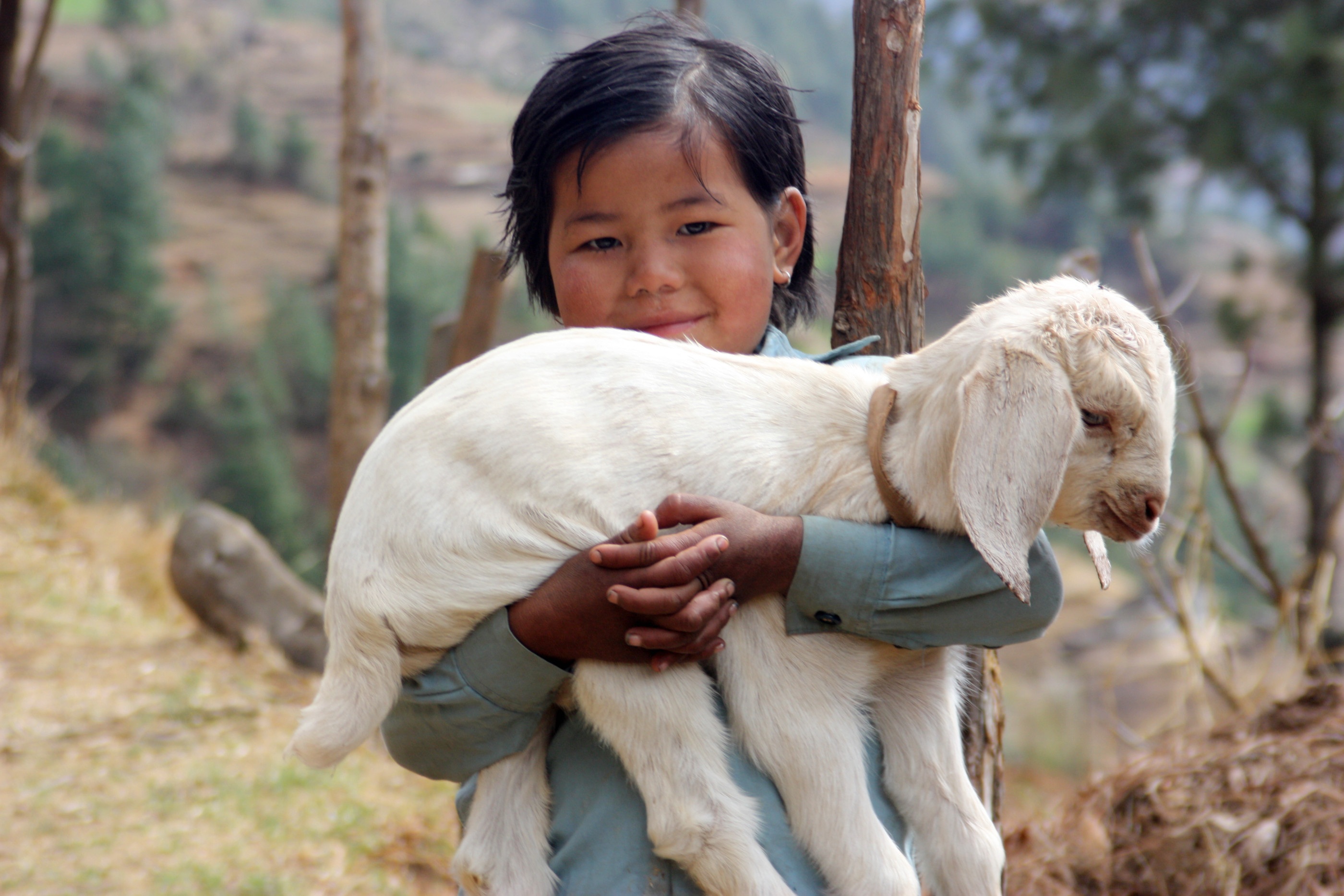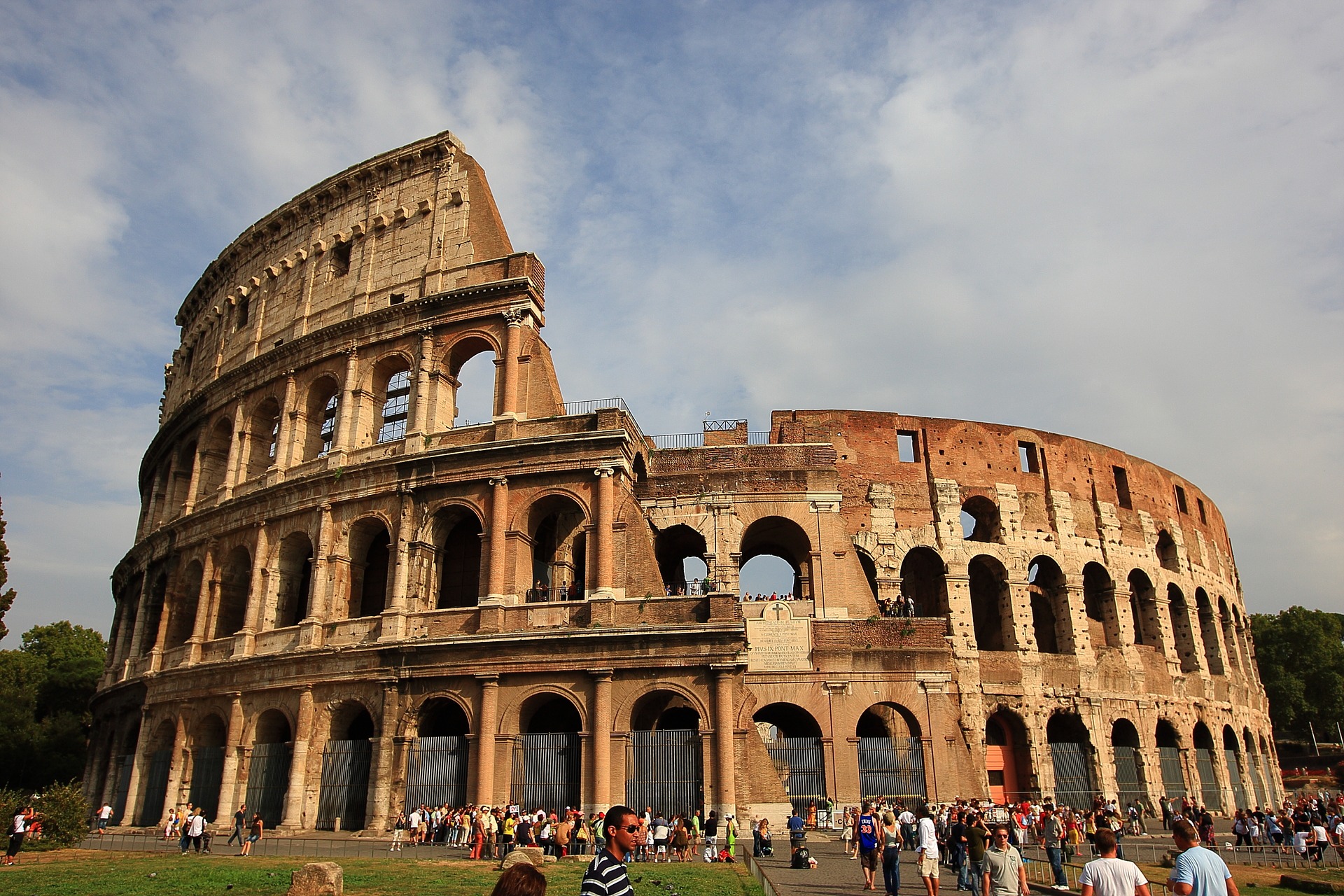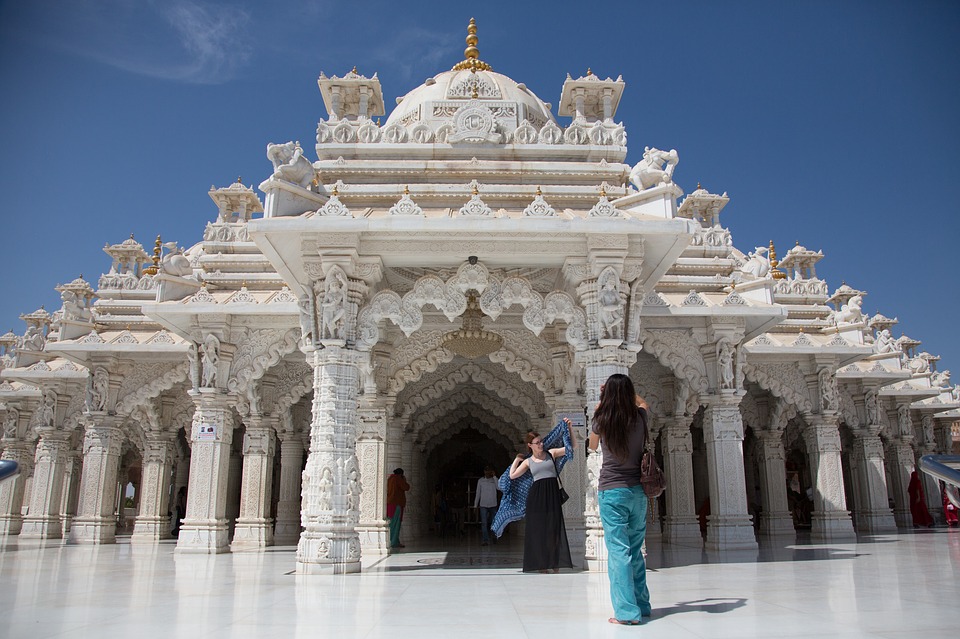People often associate Cuba with colorful salsa music, vintage vehicles, and sun-kissed beaches. Although these recognizable features contribute to the island’s charm, they don’t fully capture all that Cuba has to offer, the real Cuba.
Travelers must venture off the main route to see Cuba as it truly is. They should also try to venture beyond the popular tourist destinations to discover the nation’s hidden treasures.
Here’s how to experience Cuba genuinely, from hidden communities to less well-known natural reserves.
Experiencing the Real Cuba: Things to Do to Get the Most Authentic Cuba Experince!

So, you have decided to visit Cuba, and that’s great! But to get the taste of real Cuba, there are a few things that you need to do. Wondering what these might be? Fret not, as I have you covered!
Here are some of the things that you need to do in Cuba to get the most authentic experience of the place:
Stay in a Particular Casa
One of the best ways to immerse yourself in Cuban culture is by staying in a casa particular. These are private residences where guests can rent rooms. These lodgings provide more than simply a place to sleep; they let you immerse yourself in Cuban daily life.
You’ll eat meals with your hosts, listen to tales from the area, and better understand island life.
Outside of Varadero’s and Havana’s popular tourist destinations are several cases. These can be found, in particular, in smaller communities with slower living rhythms and better experiences, like Viñales, Trinidad, or Baracoa.
Seek advice from your hosts on places to visit in the neighborhood. They may even show you around or introduce you to their friends and family, providing authentic Cuban hospitality.
Explore Rural Cuba: Viñales and Beyond

Cuba’s countryside offers some of the most stunning landscapes in the Caribbean, and Viñales is the gateway to this rural beauty.
Famous for its tobacco farms and the towering mogotes (limestone hills), Viñales provides an excellent opportunity to explore the real Cuban lifestyle. Here, farmers still cultivate crops by hand, and ox-drawn carts are a common sight.
Beyond Viñales, consider venturing into the Sierra del Escambray mountains or Pico Turquino National Park for hiking and nature trails that reveal Cuba’s untouched wilderness.
You’ll encounter local wildlife, from the Cuban trogon (the national bird) to endemic tree frogs. These areas, free from the crowds of the resorts, allow you to connect with Cuba’s more natural side.
Visit Small Towns and Villages
Cuba’s charm extends far beyond Havana’s colonial architecture and Santiago’s historic plazas. Visiting smaller towns and villages allows you to see a quieter, yet equally captivating, side of the country.
Gibara, a small fishing village on the northern coast, offers a peaceful retreat with cobblestone streets and pastel-colored houses. Gibara is known for its annual film festival and bohemian vibe that attracts artists and filmmakers. However, it remains far from the usual tourist routes.
Remedios, another hidden gem, is one of the oldest settlements in Cuba. It is famed for its Christmas parranda — vibrant street festivals with music, dance, and fireworks. The town’s colonial square and churches, especially the Parroquia Mayor, offer a glimpse into Cuba’s rich history.
Visiting these towns provides an opportunity to interact with locals who are genuinely curious about travelers. It’s a chance to ask questions, listen to their stories, and understand Cuba’s unique history from a more personal perspective.
Seek Out Afro-Cuban Culture in Matanzas and Santiago de Cuba
While Havana often gets the spotlight for its music and nightlife, the cities of Matanzas and Santiago de Cuba are the heartlands of Afro-Cuban culture.
In Matanzas, often called the “Athens of Cuba,” you can explore the roots of rumba and Afro-Cuban religions like Santería. Visiting this city provides a more in-depth understanding of Cuba’s African heritage. This plays a major role in the island’s cultural identity.
Santiago de Cuba, often considered Cuba’s most Caribbean city, is known for its vibrant street festivals, carnivals, and live music.
It’s also home to the Casa de la Trova, where some of Cuba’s most legendary musicians have performed. Attending a live performance here, whether it’s son, bolero, or salsa, is essential to understanding the island’s musical soul.
Take Local Group Tours in Cuba
While some travelers shy away from group tours, they can be an excellent way to delve deeper into the culture in Cuba. This is especially true when organized by local guides.
Group tours in Cuba often go beyond the surface-level attractions, offering insightful historical perspectives and behind-the-scenes experiences.
For example, eco-tours led by local experts in the Zapata Swamp — a UNESCO Biosphere Reserve — allow visitors to explore the island’s rich biodiversity while learning about the conservation efforts that protect Cuba’s wildlife.
Similarly, historical walking tours through cities like Cienfuegos or Camagüey provide a deep dive into the island’s complex colonial history, narrated by Cubans who lived through pivotal moments in the country’s past.
Joining a group tour can also be an opportunity to meet like-minded travelers interested in experiencing the island’s more authentic side. Just be sure to look for tours led by Cuban operators. This way, you can ensure the experience stays true to the local culture.
Try the Local Cuisine
Food is essential to understanding any culture, and Cuba’s culinary traditions are no exception. While many travelers stick to the resort buffet or international restaurants, seeking out local spots will give you a taste of authentic Cuban flavors.
In rural areas, meals often contain fresh, locally sourced ingredients, such as black beans, rice, plantains, pork, and seafood.
You might find paladars in smaller towns. In a more intimate, family-style setting, these privately owned restaurants serve traditional dishes like ropa vieja (shredded beef) or lechón asado (roast pork).
In places like Baracoa, on Cuba’s eastern tip, you’ll also find unique dishes influenced by indigenous Taíno culture, like bacán (a plantain and coconut dish) and calalú (a leafy green stew).
Don’t be afraid to step into a humble, family-run restaurant and ask for the day’s special — you’re likely to get a home-cooked meal that reflects the region’s soul.
Get Real, Get Cuba!
To experience the real Cuba, it’s important to travel with curiosity and an open mind. Beyond the tourist areas, you’ll find a country rich in history, culture, and natural beauty.
Whether hiking in Viñales, staying with a local family in a small town, or discovering Afro-Cuban rhythms in Santiago, these moments off the beaten path will give you a deeper understanding of Cuba’s complex and fascinating identity.
So, take a step away from the crowds and allow Cuba to reveal itself in ways most visitors never see.
Also read













